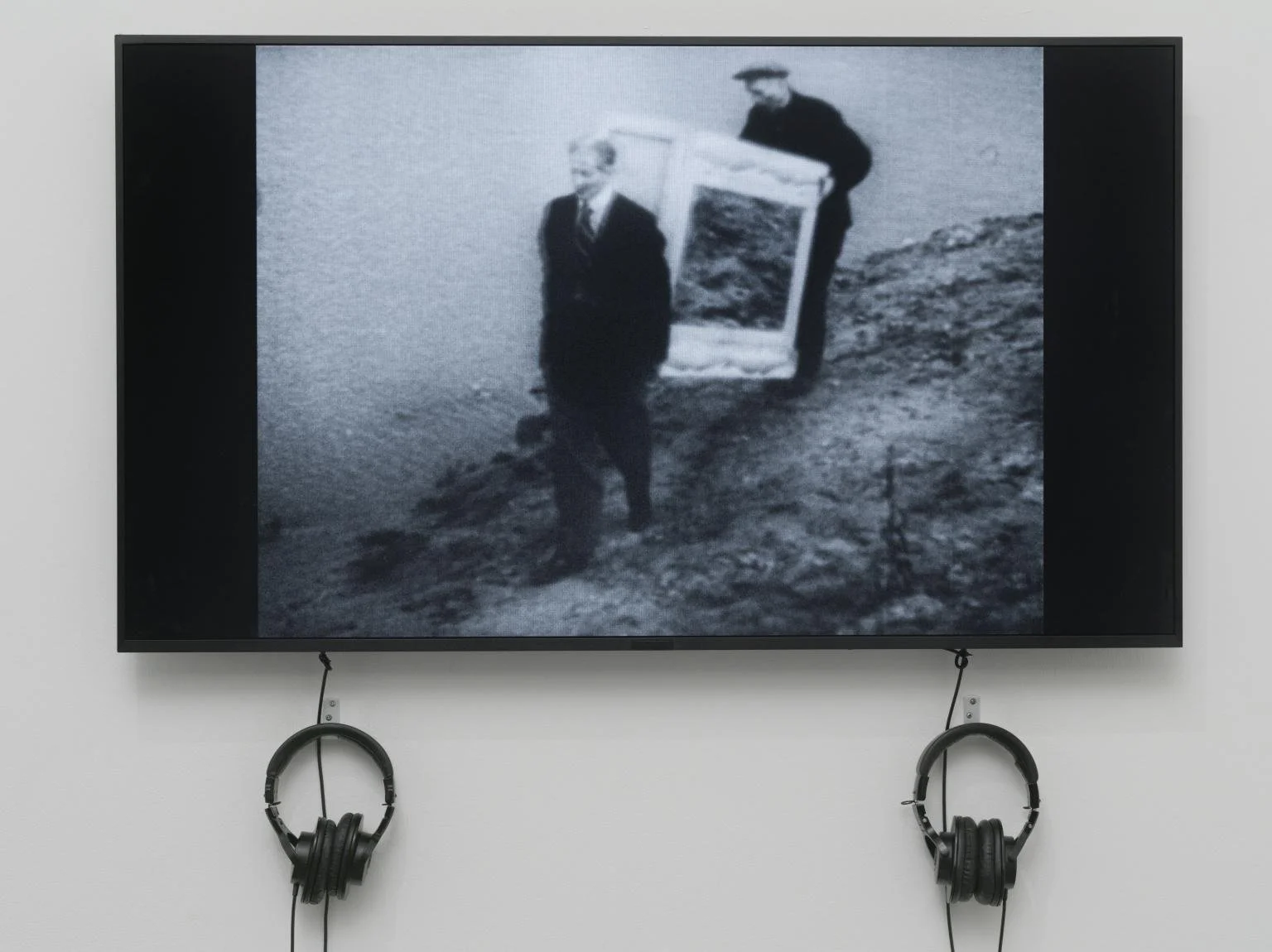Franciszka Themerson: Walking Backwards | Room 20, Tate Britain | 3rd June 2024
Tate Britain will open the new display Franciszka Themerson: Walking Backwards on 3rd June 2024. This display brings together films, drawings and paintings by Franciszka Themerson, made between the 1930s and the 1950s. With mingled tragedy and humour, they explore the turbulent years before and after the Second World War.
Born Franciszka Weinles in Poland in 1907, Franciszka Themerson trained as a musician, graphic designer and painter in Warsaw. There, she also met her husband, Stefan Themerson. The couple often worked collaboratively. They made five short independent films together in the 1930s, which established them as the most important experimental filmmakers in inter-war Poland. At a time of rising fascism in Europe, the Themersons’ work challenged social conformity and revealed their belief in individual freedoms. The title of this display is taken from their 1937 film, The Adventure of a Good Citizen. With a central character determined to move forward while walking backwards, it celebrates alternative perspectives on the world.
The Adventure of a Good Citizen - Image courtesy of the Tate
In 1938, the pair moved to Paris to continue their work. They both volunteered for the Polish army in France but were separated during the war. Following the Nazi invasion in 1940, Franciszka was able to leave for London while Stefan remained in hiding, fearing persecution. Exiled in London, Franciszka had little ability to communicate with her husband in France, or with her Jewish family imprisoned in the Warsaw Ghetto. Instead, the artist poured her wartime experiences into a series of drawings she called Unposted Letters (1940-42). The couple were reunited in 1942, but only one member of the Themersons’ family survived the Holocaust.
Franciszka and Stefan remained in London for the rest of their lives, where she continued to work across multiple disciplines: drawing, painting, illustration, theatre and book design. In her post-war paintings, three of which are shown here, she portrays a search for meaning. Fluidly drawn into thickly painted surfaces, her unruly figures convey her experience of living in our ‘strange universe’.
This display celebrates Tate’s most recent acquisition of Comme la vie est lente et comme l'espérance est violente (1959) by Franciszka Themerson, purchased with funds provided by the European Collection Circle 2024.
Franciszka Themerson - Comme la vie est lente et comme l'espérance est violente ((1959)
Curated by Dr Hilary Floe, Senior Curator, Modern and Contemporary British Art, with Saskia Flower, Assistant Curator, Modern and Contemporary British Art, and Michal Goldschmidt, Former Assistant Curator of Modern British Art at Tate Britain. With thanks to the Franciszka Themerson Estate. This display is supported by the Polish Cultural Institute in London.
Image credit: Franciszka Themerson, Comme la vie est lente et comme l'espérance est violente, 1959.



